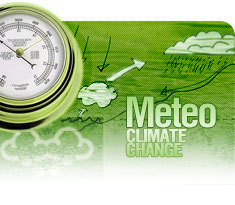http://www.newenergyworldnetwork.com/renewable-energy-news/by-technology/wind/eti-hails-potential-of-vertical-axis-wind-turbines.html
Vertical axis wind turbines could prove to be a worthy alternative to traditional horizontal wind models, according to the Energy Technologies Institute (ETI).
ETI’s NOVA project has examined the technical, economical and environmental feasibility of the turbines and brought together a number of stakeholders in the field.
The project, a UK-based consortia of Wind Power, OTM Consulting, Cranfield University, the University of Strathclyde, Sheffield University, James Ingram & Associates, CEFAS and QinetiQ, was launched in January 2009 to examine the feasibility of an offshore vertical axis turbine.
The project focused on Wind Power’s Aerogenerator, a concept aimed at providing an alternative solution for the UK’s offshore wind strategy, and focused on achieving cost reductions.
Offshore wind turbines have the potential to reduce carbon emissions by about 50 million tons of carbon dioxide each year once an offshore wind capacity of 30GW is reached.
The project found that floating turbines could be placed in deep water areas that benefit from higher wind speeds and help reduce the cost of electricity generated by wind power.
The project has also created a collaborative partnership between SMEs, universities, and corporations who now have access to substantial engineering knowledge to provide a more robust concept design and economic analysis.
Wind Power’s founder, Theodore Bird, said, ‘We are very grateful to the ETI for supporting this project. We hope to help the ETI fulfil its remit to accelerate the deployment of low carbon technologies and help the UK to deliver its statutory carbon reductions.’
Bird announced that they have appointed Arup as Project Management Engineer to take the Aerogenerator Project to the next stage.
Professor Feargal Brennan of Cranfield University said, ‘The project demonstrated the tremendous potential for vertical axis wind turbines offshore compared with traditional designs, and should lead to renewed focus on investment and commercial development of very large vertical axis machines.’
|



 Română
Română English
English


